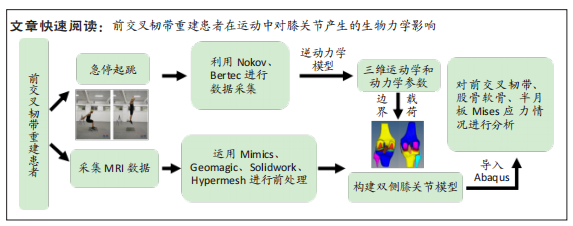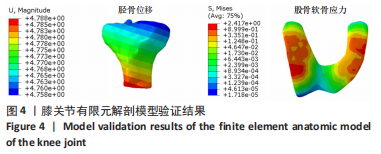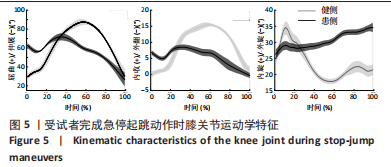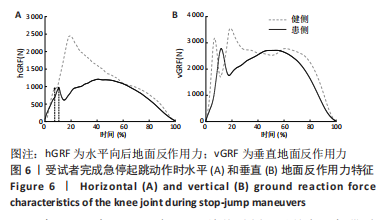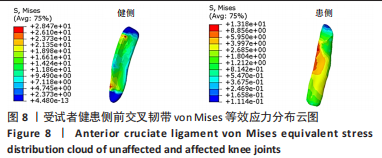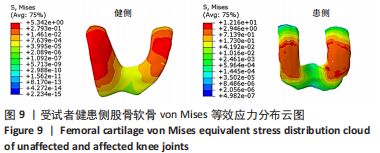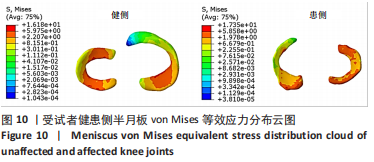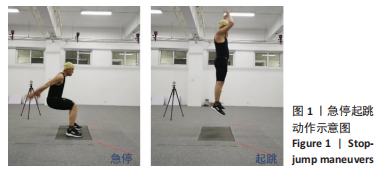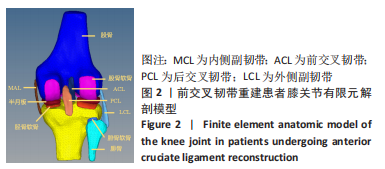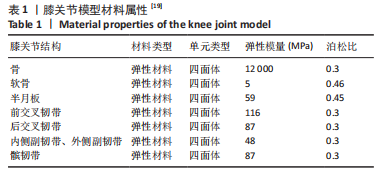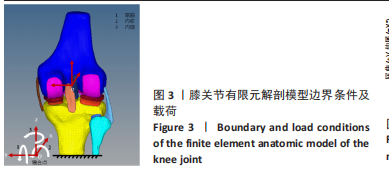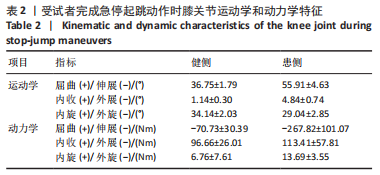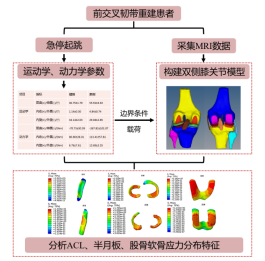[1] GORNITZKY AL, LOTT A, YELLIN JL, et al. Sport-Specific Yearly Risk and Incidence of Anterior Cruciate Ligament Tears in High School Athletes: A Systematic Review and Meta-analysis. Am J Sports Med. 2016;44(10):2716-2723.
[2] ALLAHABADI S, RUBENSTEIN WJ, LANSDOWN DA, et al. Incidence of anterior cruciate ligament graft tears in high-risk populations: An analysis of professional athlete and pediatric populations. Knee. 2020;27(5):1378-1384.
[3] MATHER RC 3RD, KOENIG L, KOCHER MS, et al. Societal and economic impact of anterior cruciate ligament tears. J Bone Joint Surg Am. 2013;95(19):1751-1759.
[4] TRAMER JS, KHALIL LS, ZIEDAS A, et al. Return to play and performance in the Women’s National Basketball Association after anterior cruciate ligament reconstruction. Orthop J Sports Med. 2020;8(9):2325967120947078.
[5] MYER GD, FORD KR, HEWETT TE. Tuck jump assessment for reducing anterior cruciate ligament injury risk. Athl Ther Today. 2008;13(5):39-44.
[6] PATERNO MV, RAUH MJ, SCHMITT LC, et al. Incidence of Second ACL Injuries 2 Years After Primary ACL Reconstruction and Return to Sport. Am J Sports Med. 2014;42(7):1567-1573.
[7] SALMON L, RUSSELL V, MUSGROVE T, et al. Incidence and risk factors for graft rupture and contralateral rupture after anterior cruciate ligament reconstruction. Arthroscopy. 2005;21(8):948-957.
[8] WRIGHT RW, DUNN WR, AMENDOLA A, et al. Risk of tearing the intact anterior cruciate ligament in the contralateral knee and rupturing the anterior cruciate ligament graft during the first 2 years after anterior cruciate ligament reconstruction: a prospective MOON cohort study. Am J Sports Med. 2007;35(7):1131-1134.
[9] PATERNO MV, RAUH MJ, SCHMITT LC, et al. Incidence of contralateral and ipsilateral anterior cruciate ligament (ACL) injury after primary ACL reconstruction and return to sport. Clin J Sport Med. 2012;22(2):116-121.
[10] WRIGHT RW, MAGNUSSEN RA, DUNN WR, et al. Ipsilateral graft and contralateral ACL rupture at five years or more following ACL reconstruction: a systematic review. J Bone Joint Surg Am. 2011;93(12):1159-1165.
[11] YOKOYAMA S, FUKUDA W, IKENO Y, et al. Lower limb kinematics of single-leg squat performance in patients with anterior cruciate ligament deficiency. J Phys Ther Sci. 2021;33(5):429-433.
[12] MüNDERMANN A, DYRBY CO, ANDRIACCHI TP. Secondary gait changes in patients with medial compartment knee osteoarthritis: increased load at the ankle, knee, and hip during walking. Arthritis Rheum. 2005;52(9):2835-2844.
[13] 张震, 董跃福, 苏宏飞, 等.轻度OA膝关节有限元解剖模型的构建及其力学分析[J]. 中国矫形外科杂志,2020,28(5):439-443.
[14] 张美珍, 刘卉, 李翰君, 等.侧切和急停起跳对篮球运动员前交叉韧带运动生物力学特征的影响[J]. 北京体育大学学报,2015,38(4):65-70.
[15] 刘卉, 张美珍, 李翰君, 等.足球运动员在急停起跳和侧切动作中前交叉韧带损伤的生物力学特征研究[J]. 体育科学,2011,31(12):38-43.
[16] YU L, MEI Q, XIANG L, et al. Principal component analysis of the running ground reaction forces with different speeds. Front Bioeng Biotechnol. 2021;9:629809.
[17] KIM JH, LEE KK, KONG SJ, et al. Effect of anticipation on lower extremity biomechanics during side-and cross-cutting maneuvers in young soccer players.Am J Sports Med. 2014;42(8):1985-1992.
[18] LESSI GC, DOS SANTOS AF, BATISTA LF, et al. Effects of fatigue on lower limb, pelvis and trunk kinematics and muscle activation: Gender differences.J Electromyogr Kinesiol. 2017;32:9-14.
[19] 李钟鑫, 刘璐, 高丽兰, 等.人体全膝关节精细有限元模型建立及有效性验证[J]. 生物医学工程与临床,2020,24(5):501-507.
[20] SUGGS J, WANG C, LI G. The effect of graft stiffness on knee joint biomechanics after ACL reconstruction--a 3D computational simulation. Clin Biomech (Bristol, Avon). 2003;18(1):35-43.
[21] 鲍春雨, 郭宝川, 孟庆华.人体膝关节有限元模型建立及其有效性验证[J]. 应用力学学报,2017,34(3):559-563+615.
[22] FUKUBAYASHI T, KUROSAWA H. The contact area and pressure distribution pattern of the knee. A study of normal and osteoarthrotic knee joints. Acta Orthop Scand. 1980;51(6):871-879.
[23] 朱广铎, 郭万首, 程立明, 等.活动平台单髁膝关节置换胫骨后倾的有限元分析[J]. 中国组织工程研究,2015,19(44):7156-7162.
[24] NOYES FR, JETTER AW, GROOD ES, et al. Anterior cruciate ligament function in providing rotational stability assessed by medial and lateral tibiofemoral compartment translations and subluxations. Am J Sports Med. 2015;43(3):683-692.
[25] KANAMORI A, ZEMINSKI J, RUDY TW, et al. The effect of axial tibial torque on the function of the anterior cruciate ligament: a biomechanical study of a simulated pivot shift test. Arthroscopy. 2002;18(4):394-398.
[26] CHEN E, AMANO K, PEDOIA V, et al.Evaluation of Tibiofemoral Cartilage, Contact Area Alterations in Anterior Cruciate Ligament Injured Patients. Osteoarthritis and Cartilage. 2015;23:A305-A306.
[27] 任爽, 时会娟, 张家豪, 等.前交叉韧带重建术后移植物应力的有限元分析[J]. 北京大学学报(医学版),2021,53(5):865-870.
[28] PEEBLES AT, WILLIAMS B 3RD, QUEEN RM. Bilateral Squatting Mechanics Are Associated With Landing Mechanics in Anterior Cruciate Ligament Reconstruction Patients. Am J Sports Med. 2021;49(10):2638-2644.
[29] LIN CF, GROSS M, JI C, et al. A stochastic biomechanical model for risk and risk factors of non-contact anterior cruciate ligament injuries. J Biomech. 2009;42(4):418-423.
[30] BUTLER DL, GUAN Y, KAY MD, et al. Location-dependent variations in the material properties of the anterior cruciate ligament. J Biomech. 1992;25(5):511-518.
[31] KORPERSHOEK JV, DE WINDT TS, VONK LA, et al. Does Anterior Cruciate Ligament Reconstruction Protect the Meniscus and Its Repair? A Systematic Review. Orthop J Sports Med. 2020;8(7):2325967120933895.
[32] 刘广銮, 郭宗磊, 戈进, 等.前交叉韧带损伤伴发内侧半月板后根撕裂:解剖学的危险因素分析[J]. 中国组织工程研究,2023,27(5):663-668.
[33] FETZER GB, SPINDLER KP, AMENDOLA A, et al. Potential market for new meniscus repair strategies: evaluation of the MOON cohort. J Knee Surg. 2009;22(3):180-186.
[34] KIMURA Y, SASAKI E, YAMAMOTO Y, et al. Incidence and Risk Factors of Subsequent Meniscal Surgery After Successful Anterior Cruciate Ligament Reconstruction: A Retrospective Study With a Minimum 2-Year Follow-up. Am J Sports Med. 2020;48(14):3525-3533.
[35] DEPHILLIPO NN, MOATSHE G, BRADY A, et al. Effect of Meniscocapsular and Meniscotibial Lesions in ACL-Deficient and ACL-Reconstructed Knees: A Biomechanical Study. Am J Sports Med. 2018,46(10):2422-2431.
[36] LUCZKIEWICZ P, DASZKIEWICZ K, CHROSCIELEWSKI J, et al. The Influence of Articular Cartilage Thickness Reduction on Meniscus Biomechanics. PLoS One. 2016;11(12):e0167733.
[37] 周琦, 张颉鸿, 祝云利, 等.关节镜下半月板缝合结合骨髓刺激治疗半月板水平撕裂20例报告[J]. 中国运动医学杂志,2015,34(8):735-738.
[38] SHIMIZU T, MARKES AR, SAMAAN MA, et al. Patients With Abnormal Limb Kinetics at 6 Months After Anterior Cruciate Ligament Reconstruction Have an Increased Risk of Persistent Medial Meniscal Abnormality at 3 Years. Orthop J Sports Med. 2020;8(1):2325967119895248.
[39] MäKELä JT, REZAEIAN ZS, MIKKONEN S, et al. Site-dependent changes in structure and function of lapine articular cartilage 4 weeks after anterior cruciate ligament transection. Osteoarthritis Cartilage. 2014;22(6):869-878.
|
